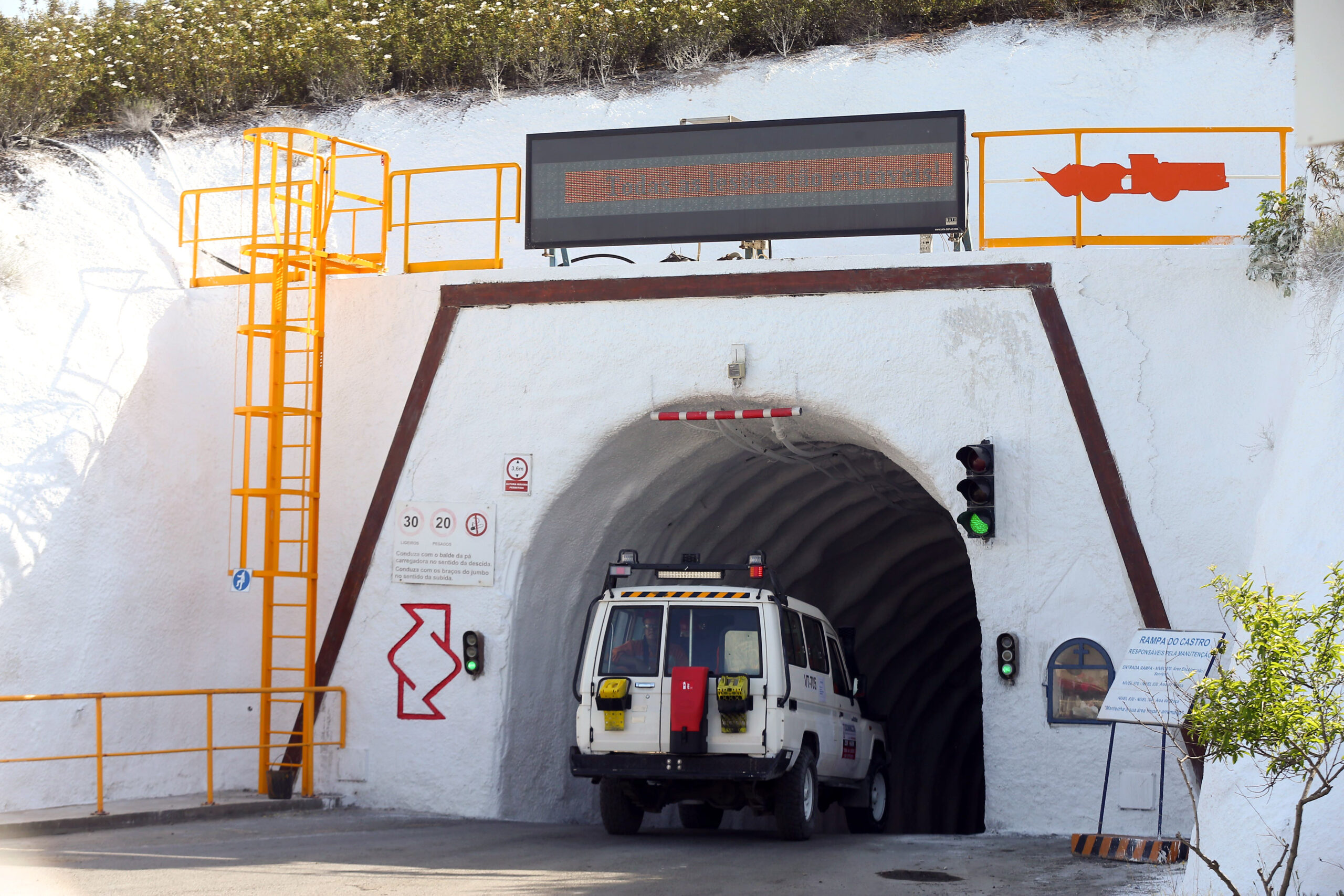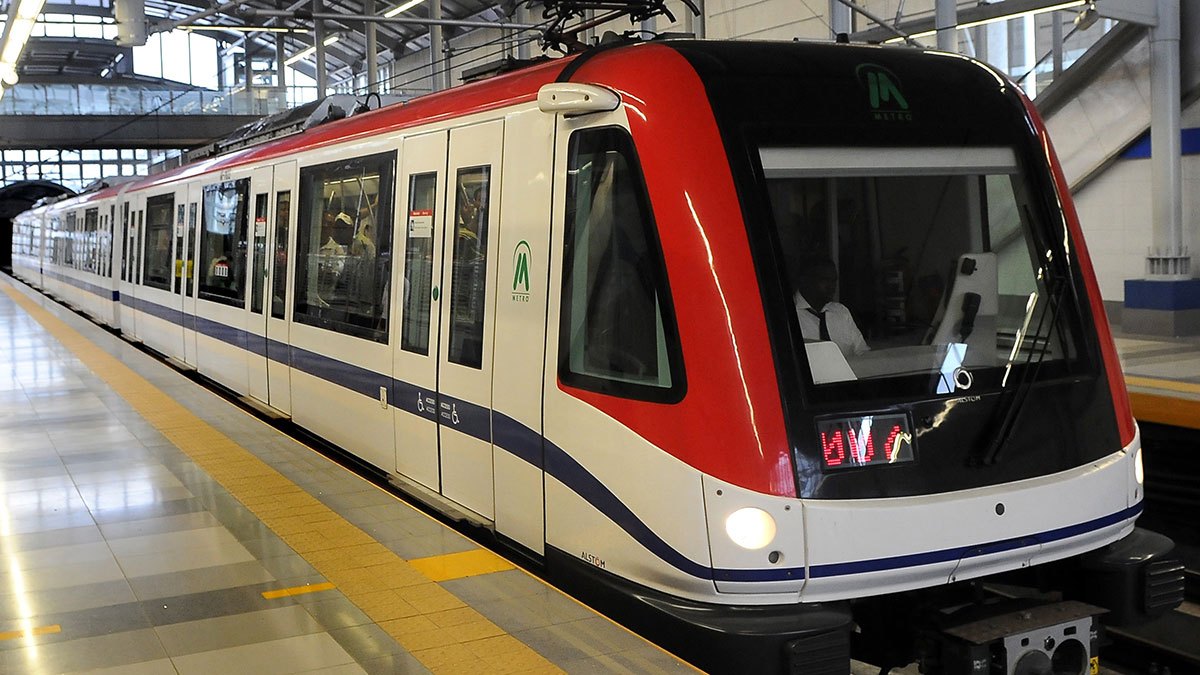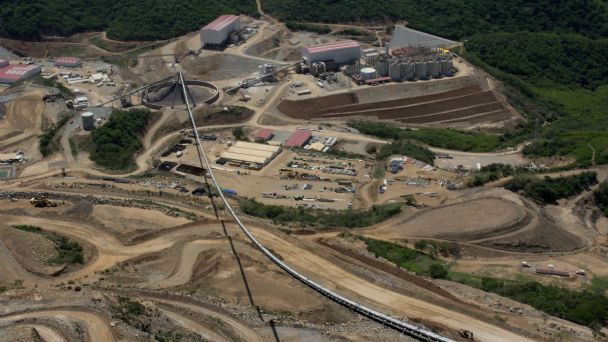Adansi Gold Company, a wholly owned subsidiary of PMI Gold Corporation, is one of the most exciting gold mining companies in Ghana. With resources that are causing investors’ hearts to race, it is set to become a very important mid-tier producer in just a couple of years, as Thomas Amoah explains to Jane McCallion.
With 14 landholdings across two gold belts, Adansi Gold Company is one of the largest gold exploration enterprises in Ghana. Headquartered in the Ghanaian capital Accra, the company is a wholly owned subsidiary of PMI Gold Corporation of Vancouver, Canada. PMI is listed in Canada and Australia and all its activities are currently focused in Ghana.
Adansi’s 14 landholdings (AgyaakaManso, Manhia, Juabo, Diaso, New Obuase, Afiefiso, Kaniago, Obotan, Switchback) and Kubi, Dunkwa-Gyimigya and Gyimigya are located in the Asankragwa and the Ashanti gold belts. They include both prospective and historical mines, with Obotan and Kubi as the flagship and second projects.
Adansi has been exploring for gold for nine years in Ghana, but in 2007, when PMI raised approximately $7 million on the Canadian stock exchange and in the same year raised $27.5 million on the Australian stock exchange, things really started to take off. With the raising of funds came a change in the board of directors, which led to a change in project focus. “Before this period, the directors had the Kubi project as their main priority,” explains Adansi’s vice president of Exploration, Thomas Amoah, “but in 2007 when this money was raised and there was a change in the board and in management, focus shifted from Kubi to the Obotan project, which was aggressively drilled out to the resource level.”
Obotan is now the flagship project of Adansi Gold and PMI. Located on the Asankrangwa gold belt, it is made up of three main concessions—AboreAbirem, Abore and Edubia. “In the AboreAbirem concession we have the Nkran and Adubiaso pits, then we have Abore pit in the Abore concession, and finally we have another green field deposit called Asuadai situated in the Edubai concession,” says Amoah. “The Nkran, Adubiaso and Abore pits were previously mined by Resolute Mining. They stopped mining in these pits in 2002 because the pits were getting deeper, operating costs were getting higher, and the gold price was low, all of which are a recipe for a mine to close. Adubia, on the other hand, is more or less green field and has never been mined before, although we know there is a deposit there.”
The highlight of the Obotan project so far came in October last year when an NI 43-101 and JORC compliant resource was announced that led to the listed resource tripling. This in turn triggered investor interest in Adsani/PMI. “Up until this point, although we had been doing all the normal press releases and all the normal exploration notices, we hadn’t caught the eye of the market,” says Amoah. “But when this resource was put out last year, it brought the total resource to 3.2 million ounces and the attitude of the market changed.”
There is a further 28,000 metres of drilling that has not yet been included in the resource, as it is still waiting for laboratory analysis, but Amoah does not expect their inclusion in April to make any dramatic changes to the value or scope of the resource. “Although we have all these numbers of metres to be added into the resource, I’m not expecting a huge rise in the number, only because these are all in-fill drilling, so it will add more confidence, rather than mark a dramatic change,” he explains.
The pre-feasibility study, published in January this year, shows a measured and indicated resource of 32.17 million tonnes of ore at 2.4g/tonne of gold, which translates to 3.2 million ounces of refined gold. A definite feasibility study should be released in quarter two of this year and is expected to demonstrate roughly the same figures.
“We are targeting production for 2013/2014 and we expect to have our first gold in 2014,” says Amoah. “We have to keep in mind that this is an old pit, though, and we have about a year of pre-stripping to do before we start producing ore, so mining will start well ahead of when we start producing.”
The Kubi project is the second priority project after Obotan and is situated on the Ashanti gold belt in the central region of Ghana. The main deposit contains roughly 203,000 ounces of gold at 5.48g/tonne measured and indicated and 150,000 ounces of inferred gold. Adansi is exploring the property in the expectation that further resources will be found and Kubi will become a second production centre.
“Kubi is another mined out pit, which was mined out by AngloGold Ashanti, so it’s one of the old pits we’re trying to redevelop,” explains Amoah. “We’ve done a lot of auger drilling around the main deposit and this came up with a lot of drill targets, which are currently being tested with an air core drill rig. We also have a diamond rig in there drilling. The aim is to have a stand-alone project there, so we’re looking at three million-plus ounces of gold in the Kubi project to enable that.”
To ensure that it is able to get the most out of its resources, it is crucial that the geologists working for Adansi have access to the latest equipment and training. “The geologists are currently undergoing a series of technical training. The next one is coming in late May, where we’re going to have them being trained in Gemcom software, which will enhance their professional capabilities. We recently had one do some training in Datashed too, which is our database software, and we actually had to bring in an expert from London to come and train her in that software. So our training at the moment is aimed at getting our geologists to do what they do in a better way and enhance their technical capabilities,” explains Amoah. Additionally, the company is bringing in an XRF for multi-elements detection to aid in identifying pathfinder elements, especially in the Asanco projects.
The company is also committed to acting as a responsible corporate citizen. Under its environmental impact assessment, which will be published in June, Adansi will set out how it plans to return the mine sites to their original state once they are closed, and to invest in the local community while they are open.
Looking forward, Amoah is very hopeful for the future of Adansi. “We have a very good, highly prospective landholding, an experienced management and board in place and a strong cash balance; these are the three ingredients you need to grow a company and we have them. By 2017, we will be a mid-tier with at least three operating mines in Ghana and maybe some elsewhere in West Africa too. With those three ingredients in place, I see no difficulties in achieving this aim.”
DOWNLOAD
 PMIGold-EMEA-Apr12-Bro-s.pdf
PMIGold-EMEA-Apr12-Bro-s.pdf













